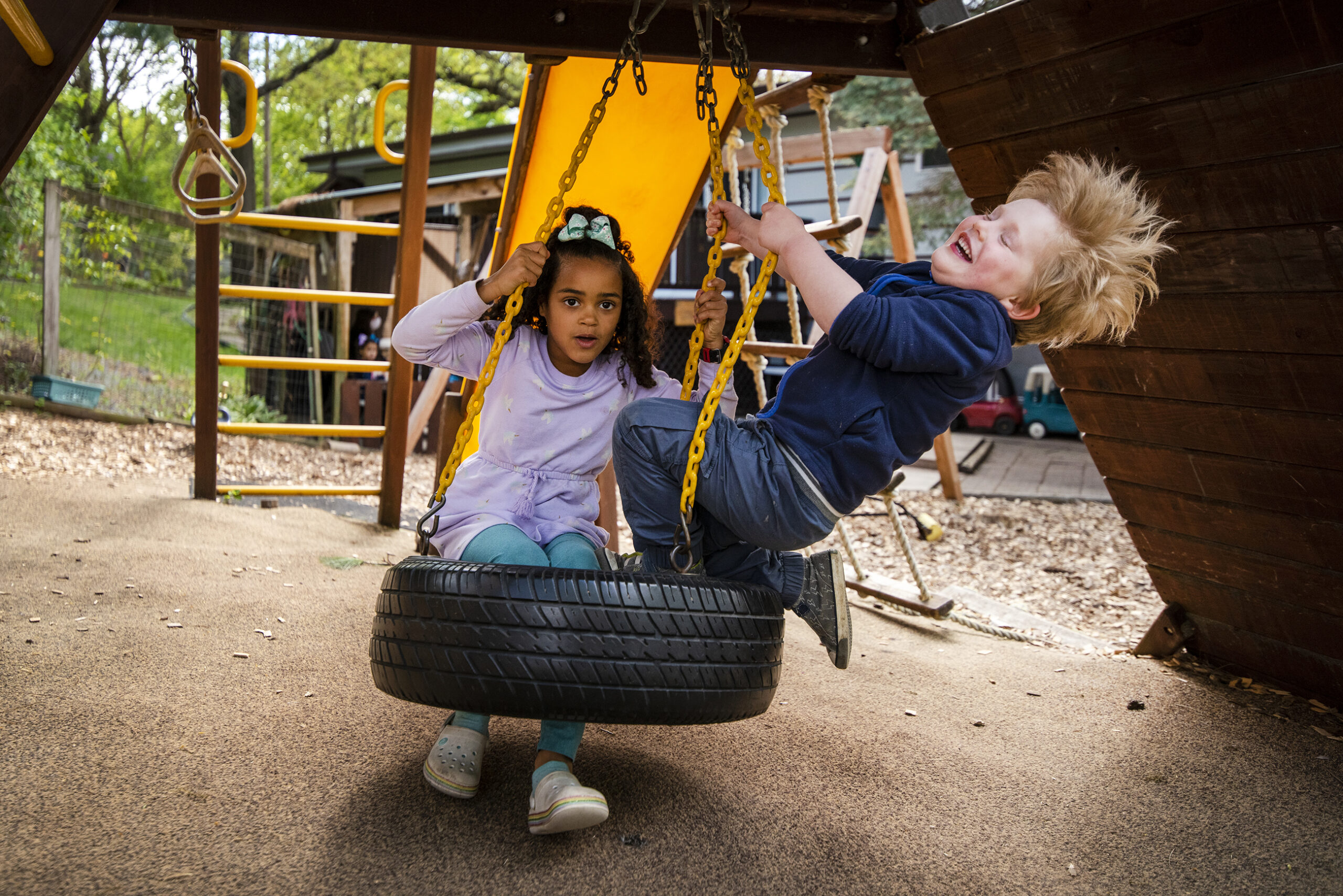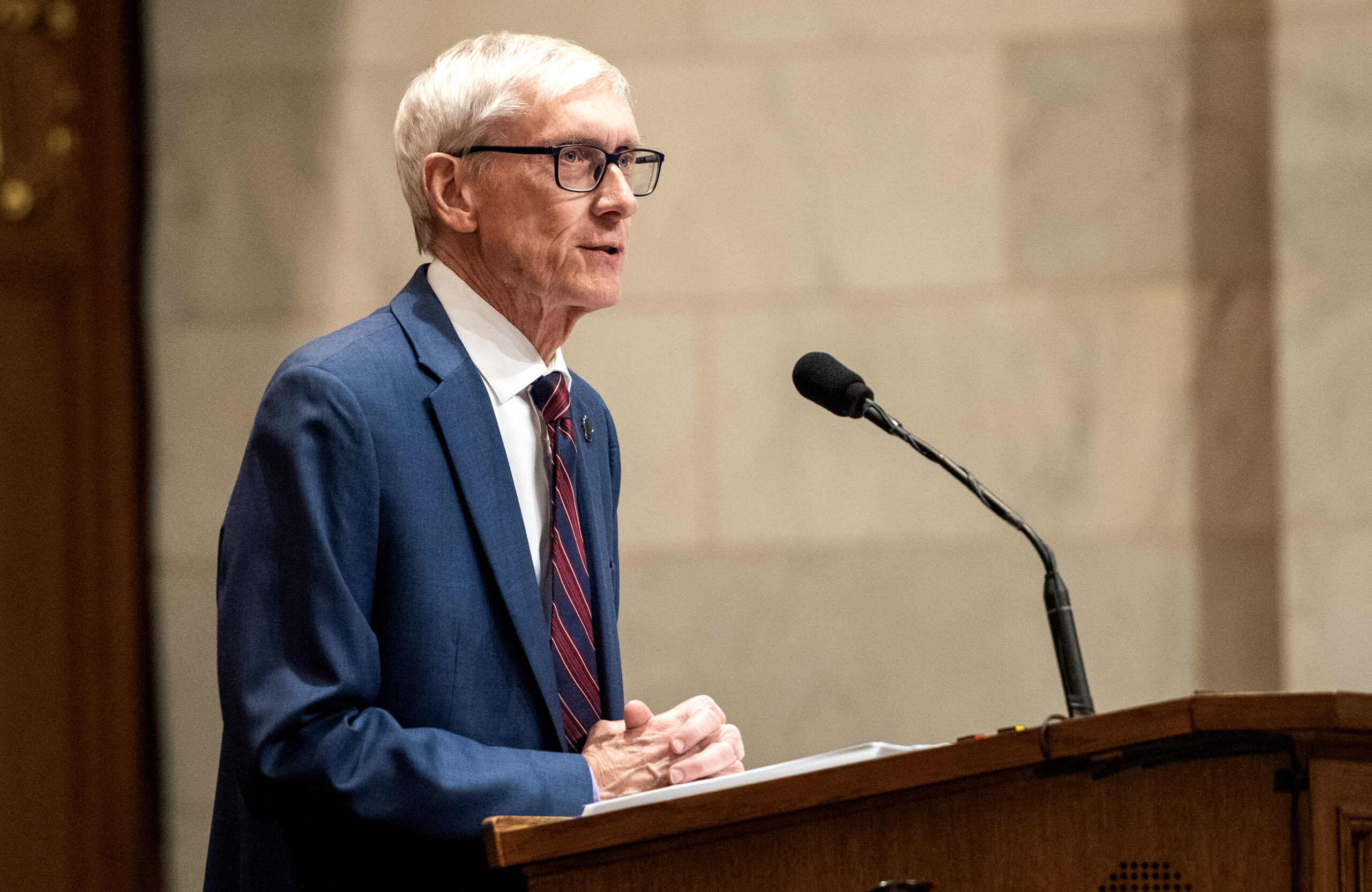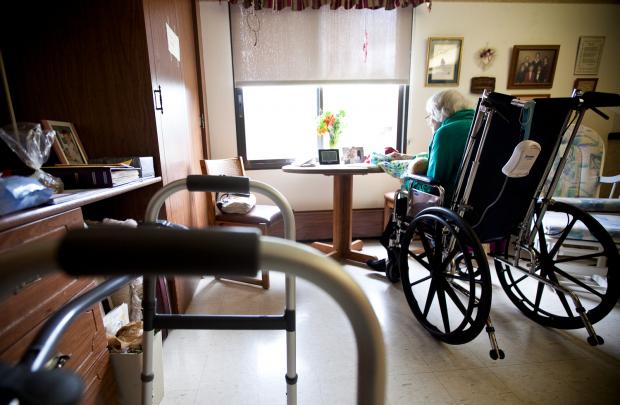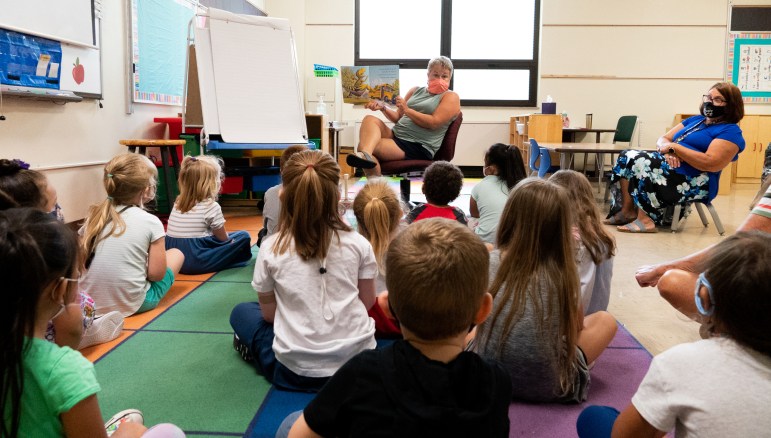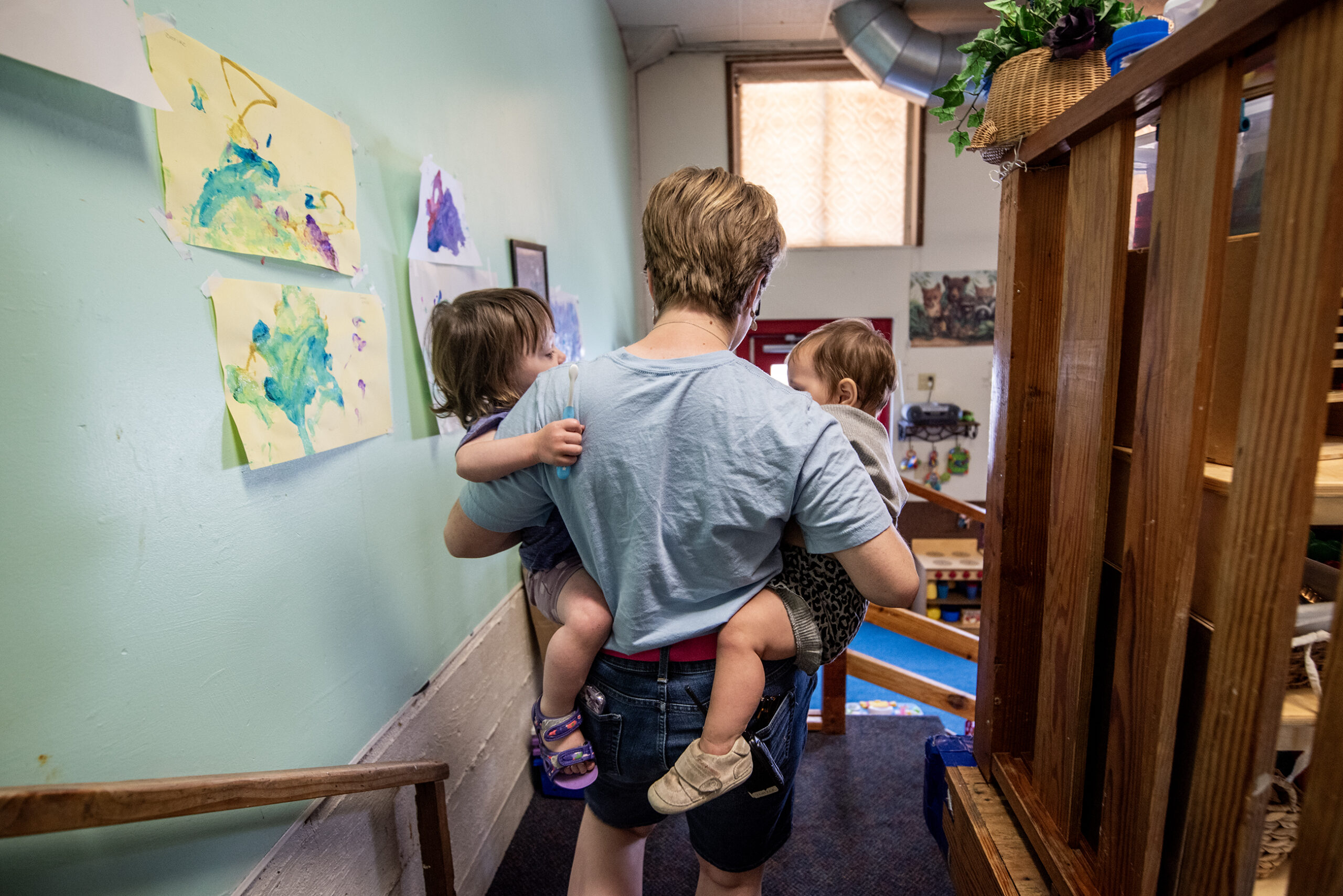When students in Platteville make their way from school to the after-school care programs at Neal Wilkins Early Learning Center or Westview Elementary, they get a snack, time to work on homework and a slate of activities ranging from coloring to puzzles to fusible bead art.
“One year, we had a group of students who built this city out of paper,” said Julie Soja, director of the children’s center at the University of Wisconsin-Platteville. “They get to choose what they want to do.”
The programs, which tend to as many as 92 kids across two locations until as late as 5:30 p.m. on school days, is staffed by UW-Platteville students. Typically, staff are on a federal work-study program, in which the federal government subsidizes hourly wages for students to earn money to put toward tuition or expenses. More recently, Soja said, they’ve had to branch out to employees outside of the federal program, meaning the program has to cover workers’ entire wages.
Stay informed on the latest news
Sign up for WPR’s email newsletter.
She said money from the Department of Children and Families has helped cover extra costs, but those won’t last forever — and the need for child care will still be high.
“I think if we had two programs in both buildings, and double the classrooms, we would fill up both of them,” she said. “It doesn’t seem like there’s ever enough care out there for the families that need it, and I don’t know how it ever gets solved.”
Demand for before- and after-school child care programs for the next school year is increasing. At the same time, school-aged child care facilities, like many employers across the state, are having a harder time finding workers even as they’re hiring for more positions.
Some programs, like Wisconsin Youth Company, had to cut staff during the pandemic. Now they’re looking to increase staffing to nearly pre-pandemic levels.
“What we anticipated for this school year was that there would again be a higher need for children to attend before school or after school care, whether that’s due to children needing more socialization, or parents being back in the office or parents just saying, ‘Hey, I’ve gotta have my kids somewhere else for a little bit after school,’” said Layla Moosavi, director of strategic operations at Wisconsin Youth.
Moosavi’s organization, which runs programs in Dane and Waukesha counties, is offering $750 hiring bonuses for new staff, as well as retention bonuses for staff who stayed with them during the pandemic. They also raised pay rates. And they’re incentivizing current staff to bring in more child care workers — if they recruit someone who takes a job with Wisconsin Youth Company, both the staff member and the new recruit get a bonus.
“That’s definitely not typical,” she said. “It’s definitely harder than usual — I think part of that is that we’re seeing a smaller pool (of applicants), but the other part of it is that we’re hiring for a larger pool.”
The reasons for worker shortages are varied. Pay is typically low for child care workers, which means many choose other, higher-paying jobs. Some are staying out of high-contact jobs like child care over concerns about COVID-19, especially in families with immunocompromised or otherwise vulnerable people at home. In Plattevile, Sujo said their workforce took a hit when college students were learning remotely. Even as students come back to campus, workers need to have a car to get to off-campus child care centers, which many don’t have.
Amy Warring, who coordinates after-school programs for the School District of Superior, said in an email that burnout is affecting hiring for the programs Superior runs with its local YMCA.
“We hire district teachers and school assistants for these positions, as well as community members,” she said. “Many teachers are feeling exhausted from the extra demands during the pandemic and aren’t wanting to work additional hours.”
She said even finding temporary substitutes to fill in when staff were sick or quarantining was a “huge challenge.”
Child care programs can’t just make do with fewer workers if they can’t fill their open positions. State regulations require a certain ratio of workers-to-children depending on their age.
“It’s also just a lot to handle, to have so many children,” said Sujo. “We want to make sure the staff are comfortable with the number of children they have in their care.”
With all their slots filled and often long waiting lists on top of that, before- and after-school providers say shrinking their programs isn’t really an option, either.
Moosavi, at Wisconsin Youth Company, said the company’s administrative staff, who are also trained and licensed, may tag in to help cover child care programs if they’re short on staff or need a substitute.
“It’s not our go-to to cancel a program just because we haven’t yet filled that position,” she said. “We’ll work as a team to see how we can meet the needs of those families until we can get that qualified applicant in.”
Wisconsin Public Radio, © Copyright 2024, Board of Regents of the University of Wisconsin System and Wisconsin Educational Communications Board.

